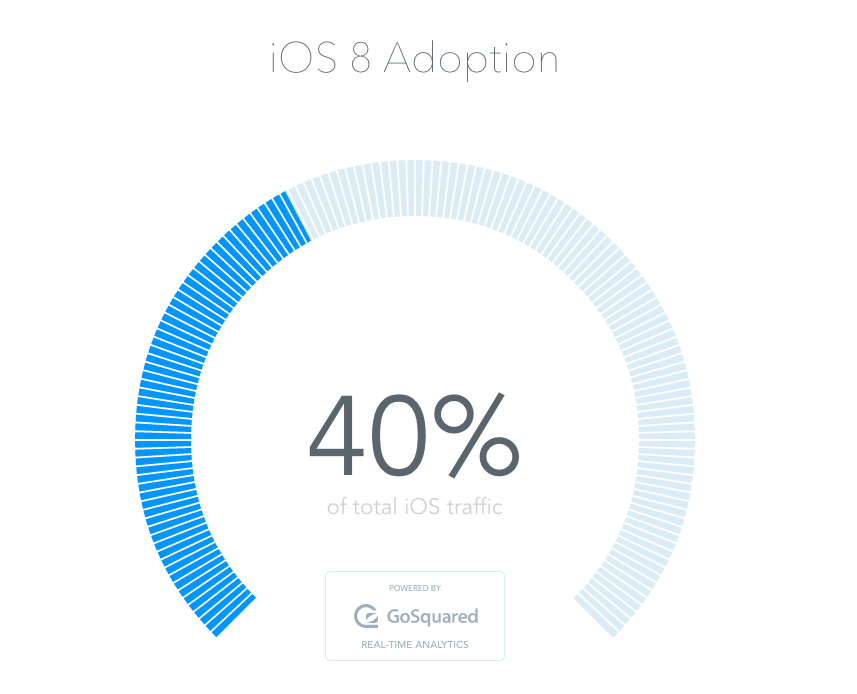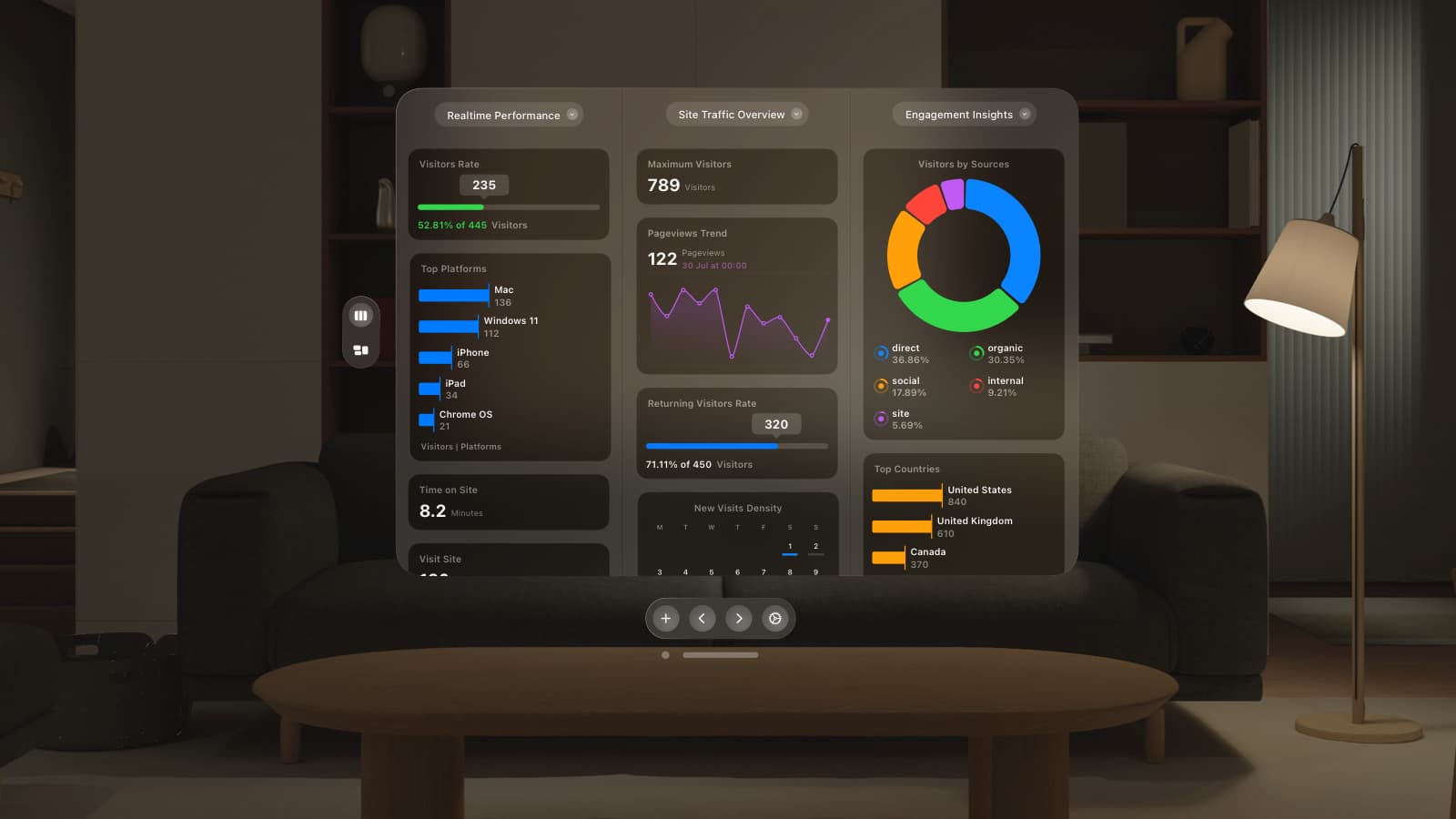
The browser
I’m going to ruminate on why browsers are so cool. They are now incredible pieces of technology. GoSquared has always been a web app that runs in the browser. The GoSquared engineering team are always looking for new ways to make use of the advances in modern browsers. JT previously blogged about optimising for 60fps everywhere in the new GoSquared UI which we launched in June. In my current role, all the software I use on a daily basis runs in the browser.
And browser development shows no signs of slowing down anytime soon. Some of our customers will find Chrome dominating their analytics, for others it will be Internet Explorer while some sites will find Mobile Safari is by far and away the “dominant” browser. It’s a fiercely competitive market and if historical trends are anything to go on, it seems unlikely that you could say with any certainty that one browser will ever dominate.
And that’s only on desktop, mobile browser usage continues to accelerate. Sites have to support a myriad of mobile devices; each have their own browsers, screen sizes and operating system versions. It’s never been more important to have accurate data about the technology your audience uses.
Global patterns
If we look at our global iOS 8 counter, you’ll see that iOS 8 accounts for around 40% of iOS traffic globally. It might seem backward, but iOS 5 still accounts for 3% of traffic globally. With somewhere north of 800 million iOS devices out there, as reported at WWDC 2014, there’s potentially 24 million people out there using iOS 5 everyday and a much older version of mobile Safari.
We get excited about global metrics like these at GoSquared but you might be wondering why they’re relevant for your site. What’s most important is that you understand your audience. For example, GoSquared.com has an overwhelming Chrome and Mac OS X inclined audience.
We work with ecommerce stores who find that Internet Explorer is by far the dominant browser version. They also find that some older versions of IE rank particularly highly for them. One of our clients joked after noticing high traffic from IE 6 and 7 that: “it’s because everyone logs on to browse at work!”. For the store in question, they know they need to keep supporting older IE versions because browsing on older machines at work is a key part of the customer journey.
What does it mean for my business?
Reliable information about browser versions is not something that you need to monitor every day in real-time but it’s useful data to check on from time to time. It helps you ensure that your site, and the technology it uses, matches your audience.
Modern browsers are wonderful things.


